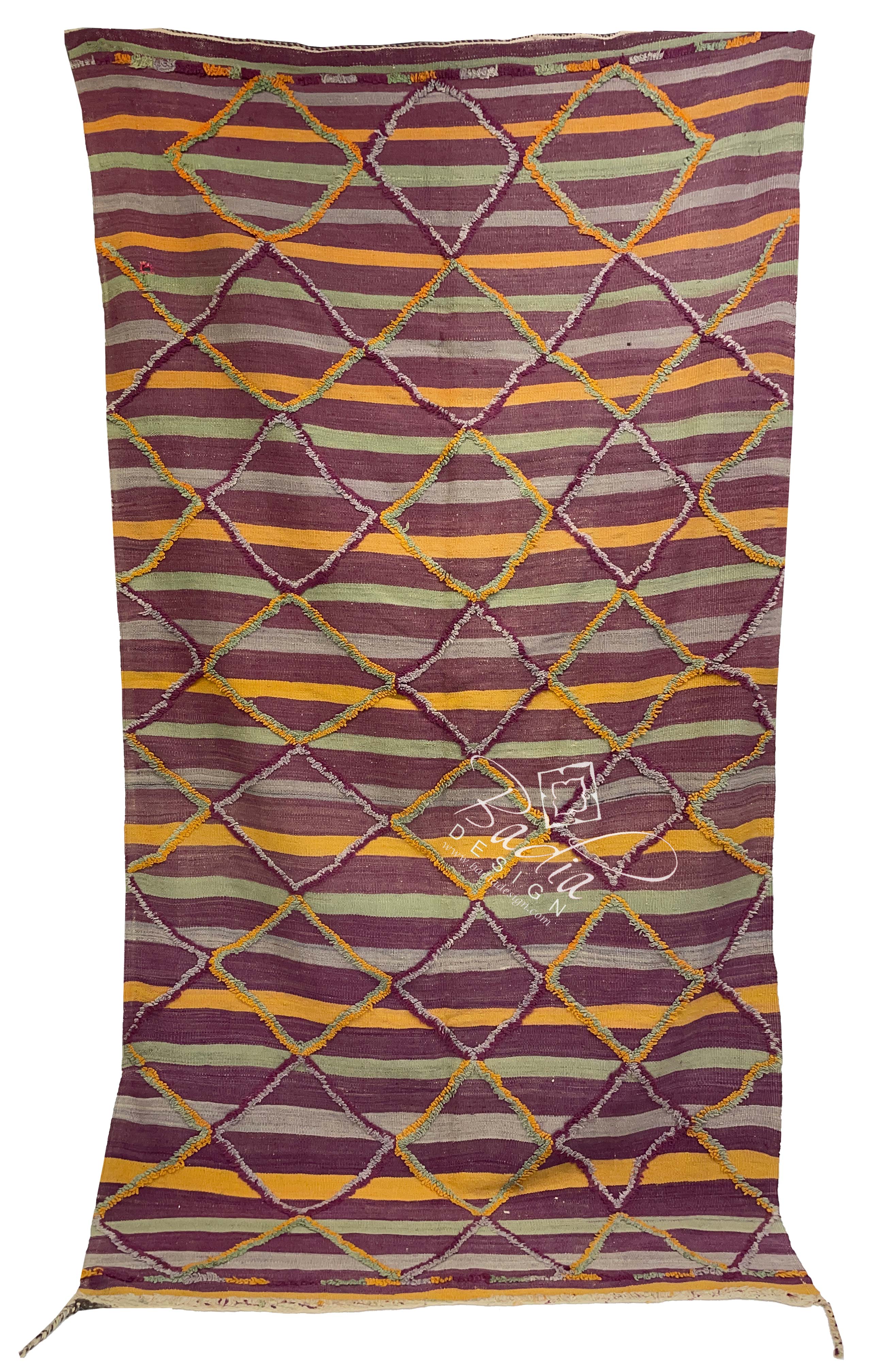Moroccan Berber Rugs: A Heritage of Craftsmanship, Culture, and Style
These rugs have enchanted people across the globe with their deep cultural roots, remarkable artistry, and timeless design. These rugs can enhance any space, from a snug living area to a sleek office environment. This guide delves into the rich origins of Moroccan Berber rugs, the meticulous craftsmanship behind their creation, their exceptional longevity, and practical tips for styling them in modern spaces.
The origins of Moroccan Berber rugs can be traced back thousands of years to the Berber tribes of North Africa. These indigenous groups, with their deeply rooted traditions, developed rug-weaving techniques as a practical response of their migratory way of life and diverse climates.
The symbols and motifs in these rugs narrate stories that are specific to the tribe or family of origin. Motifs often symbolize themes like protection, nature, or fertility, giving each rug cultural significance. Originally, these rugs were crafted for utilitarian purposes, such as providing warmth during harsh winters in the Atlas Mountains or acting as soft bedding in arid website desert regions.
In the mid-20th century, Moroccan Berber rugs gained global popularity when renowned visionaries like Le Corbusier and Frank Lloyd Wright began incorporating them into their architectural masterpieces. Now, these rugs are prized for their beauty and historical depth.
The production of Moroccan Berber rugs is an elaborate art form passed on through generations. This craftsmanship embodies a deep connection to heritage and creativity.
These rugs are made from high-quality natural fibers, valued for their strength and softness. Wool is especially prized for its luxurious feel, resilience, and ability to retain warmth. The wool is usually spun by hand, resulting in a one-of-a-kind finish.
Weaving these rugs is an elaborate process, requiring weeks or months on traditional looms. The knots—whether Beni Ourain’s loose and shaggy texture or the tighter weave of Azilal rugs—shape its beauty and resilience.
Natural dyes derived from plants, minerals, and insects are used to create the bold hues found in many Berber rugs. Earthy tones such as beige, cream, and brown are common in Beni Ourain rugs, while Azilal and Boucherouite rugs showcase bolder colors like reds, blues, and yellows.
The longevity of these rugs is one of their standout qualities. As a result, they’re an excellent fit for homes and offices.
Berber rugs owe their longevity to the excellent quality of their natural fibers. Wool’s elasticity and stain resistance contribute to their durability.
Taking care of these rugs is straightforward. Regular vacuuming, spot cleaning with mild detergent, and occasional professional cleaning will keep them looking pristine for years.
How to Decorate with Moroccan Berber Rugs
Adding Moroccan Berber rugs to modern spaces is simpler than it seems. These rugs' adaptability allows them to suit various aesthetics, including minimalist and bohemian styles.
1. Anchor a Living Room
A large Beni Ourain rug can serve as the focal point of your living area. The rug’s muted tones and clean lines bring cohesion to the space and exude coziness.
2. Add Color to Neutral Spaces
If your space leans toward a monochromatic or minimalist aesthetic, a vibrant Azilal or Boucherouite rug can introduce a pop of color and visual interest. These rugs work particularly well in neutral-toned rooms, where they serve as a focal point.
3. Combine Rugs for Depth and Style
For a cozy, eclectic vibe, layer a smaller Berber rug over a larger natural-fiber rug, such as jute or sisal. This combination not only adds depth and texture but also highlights the intricate details of the Berber design.
4. Enhance Workspace Aesthetics
Businesses can use Moroccan Berber rugs to create an inviting and sophisticated ambiance in office spaces, lounges, or reception areas. Their handmade quality conveys a sense of luxury and authenticity.
5. Display Moroccan Berber Rugs as Decorative Art
Certain Moroccan Berber rugs are so beautiful that they function wonderfully as wall art. Hanging a rug on the wall can add a unique touch to your home or business, showcasing the craftsmanship and cultural heritage of the piece.
The Value of Moroccan Berber Rugs
Moroccan Berber rugs combine functionality, beauty, and cultural depth, making them a valuable choice for homes and businesses alike. These rugs are built to last, and their classic designs remain relevant despite evolving decor trends.
Sustainability and Ethical Production
Many Berber rugs are crafted using eco-friendly and sustainable practices. Purchasing these rugs helps preserve artisan traditions while enriching your decor with sustainable beauty.
The Appreciating Worth of Moroccan Berber Rugs
Vintage or unique Moroccan Berber rugs tend to grow in worth over the years. These rugs serve as both decorative items and investment-worthy collectibles.
